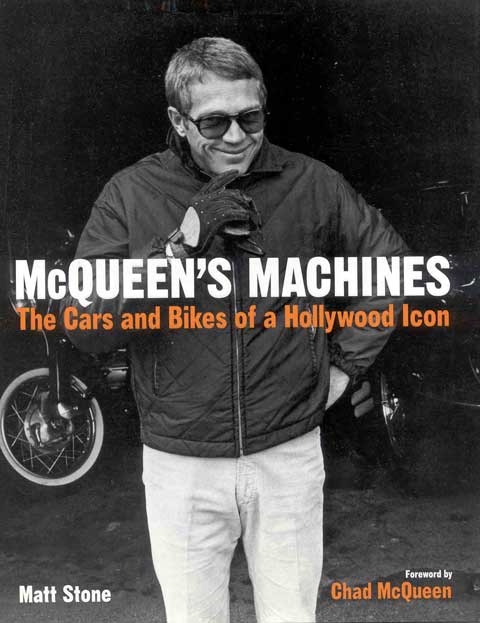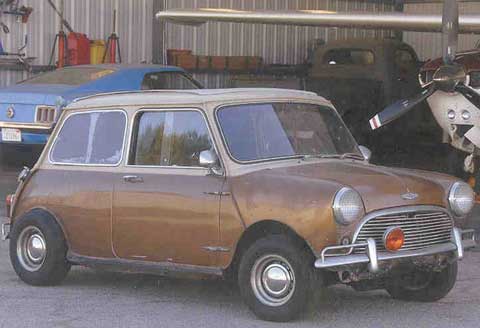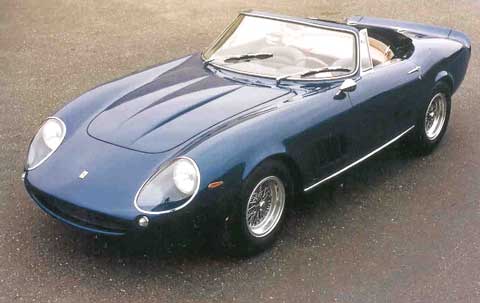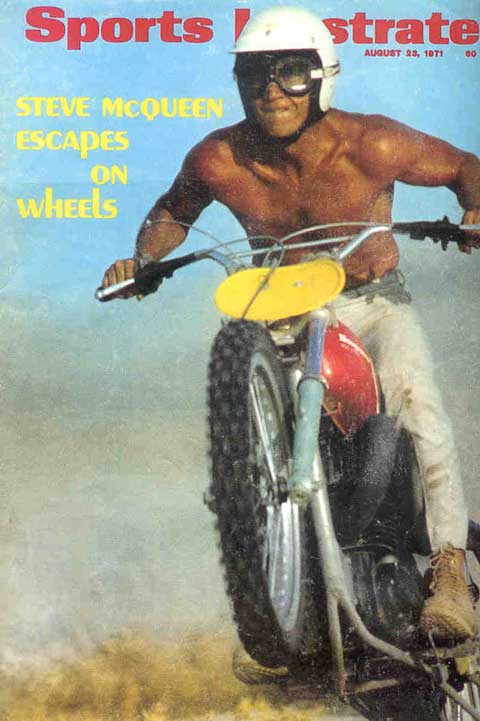
Format: Hardbound
Motorbooks
Pages: 176,color and black and white photos
8.5w x 10.75h
ISBN-13: 9780760328668
ISBN: 0760328668
Price: $26.95
By Pete Vack
Steve McQueen owned a lot of cars. He owned a lot of bikes, and a few airplanes as well.
Additional cars and equipment were purchased through his companies, Solar Productions, or owned by other movie companies or individuals.
Matt Stone, an executive editor of Motor Trend, took on the job of chronicling the McQueen automotive legacy, and probably enjoyed every minute of it. Working with McQueen’s son Chad, and a wide range of Hollywood characters, Stone has written what will probably be the definitive McQueen car book-the odds of writing a better book decrease as time goes by. People die, people forget, people tell stories, the fish gets longer with every year. Consider the Stone book the last or at least the most accurate on the subject. Even at that, Stone wrote “I could not document every machine that passed through his real and metaphorical garages, as some are simply lost to time.”
In the introduction, Stone nails down what “McQueen’s Machines” are and are not. Not a biography, as there are about 20 or more bios of the star available from every different perspective, one being the recent book by Barbara Minty McQueen, “The Last Mile” also reviewed by VeloceToday. Nor did Stone do a chapter by chapter description of each car found and chronicled. Although this may have made it easier for researchers, Stone, with good reason, decided to break up the material into four distinct categories: McQueen’s Garage (his personal, everyday vehicles), McQueen on Screen (the cars associated with McQueen in the movies, such as the Bullitt Mustangs), McQueen on Track (some owned by McQueen, some not, but all raced by him), and McQueen on Two Wheels. Since there were so many aspects of McQueen’s life on wheels, any type of categorizing would have been difficult and Stone’s choice works well in light of the complexity.

A surprising McQueen Machine, a Mini Cooper. Photo courtesy of Motorbooks.
” McQueen’s Machines” comes in very handy when someone claims that a car has McQueen’s involvement. If the car is not mentioned in Stone’s book it might be wise to ask many more questions. On the other hand, if someone told you one of McQueen’s favorite personal cars was a 1967 Mini Cooper S in a yucky brown, you might be surprised to find out that such a car was indeed part of McQueen’s stable. And he chose the color!
Then there is the obvious superior knowledge game, in which you watch “The Thomas Crown Affair” and are able, thanks to Matt Stone, to run off glib lines like, “Oh yea, that was a very special Manx with a 230 hp Corvair engine and McQueen did all the stunt driving.” You could also add that the famous Manx is now in a private collection in Hawaii. But only if you have the book.
McQueen, of course, loved Italian cars, and in fact the genesis of the book started as Chad McQueen and Stone were sitting on a curb, admiring the Ferrari 250GT Lusso once owned by Chad’s father. Chad remarked that his father just had great taste in cars and according to Stone, “..something clicked and I knew I just had to do this book.” Ferraris are known to inspire. In addition to the Lusso, McQueen owned a Siata 208S, and a Ferrari 275GTS NART Spyder. The Siata was covered in a separate article.

The 275GTS NART Spyder. Photo courtesy of Motorbooks.
McQueen owned or was associated with many great cars, including a Jag XKSS, a Lotus 11 sports racer, Porsche Speedster, 908 and 917s, but the NART Spyder is probably the star of the stars. The car itself was the brainchild of Luigi Chinetti Jr., who figured that the 275GTB/4 would make a great soft top. Chinetti was right on the money, as after Sergio Scaglietti was done with it, the 275 GTS/NART was better looking that the rather bulbous coupe from which it sprang. The first Spyder, chassis 09437 was used in the making of the original ” Thomas Crown Affair”, which is where McQueen first laid eyes on it. He fell hard and ordered one, chassis 10453 from Chinetti. Typically, he was not happy with the shade of blue and sent it to Lee Brown for a repaint. A few days after it got out of the body shop, it was heavily rear ended by a truck. According to Marcel Massini, there wasn’t an undamaged panel on the car. Currently the McQueen Spyder resides in New York.
Like the NART Spyder, every car owned, raced or filmed by McQueen has a rich, unique story. Stone uncovers most of them, with the help of almost all of McQueen’s friends, wives, and business partners. He details out the cars used in the filming of “Le Mans” (1971) but also encourages the reader to pick up Michael Keyser’s “A French Kiss With Death: Steve McQueen and the Making of Le Mans,” for more detail.
Thankfully, Stone appreciates motorcycles as well, and with the late Bud Ekins, filled a chapter with tales of Indian Chiefs, Triumph Bonnevilles, and Husqvarnas that McQueen owned. Ekins, of course, was a great stunt driver, and the one who actually made that famous jump in “The Great Escape”. McQueen was good but knew his limits. The famous Triumph (badged as a BMW for the film) used in the film was later sold by Ekins to another stunt man. The new owner was not aware of its history and eventually sold it, and the bike is lost to movie history.

Photo courtesy of Motorbooks.
Which reinforces the reason why Stone’s book will probably stand as the most authoritative book on McQueen’ s Machines. Anyone interested in films, cars, or McQueen’s legendary performances on and off the track will definitely be pleased with this book.
The Planes man,the planes??????????????